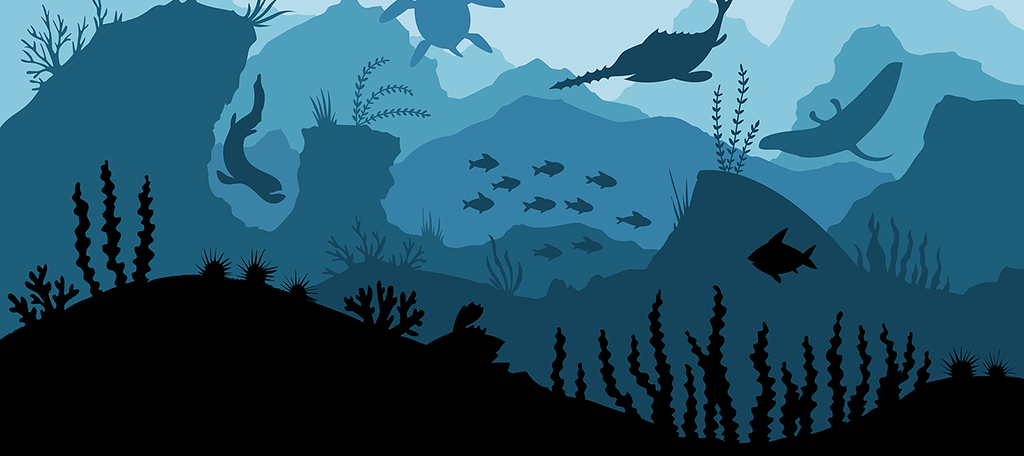A massive iceberg that is 80 times the size of Manhatten is currently on its way to the shores of the island of South Georgia. It will have a destructive outcome on wildlife if its path does not change.
The iceberg, or A68a as scientists call it, broke off of the Larsen C ice shelf in Antarctica in 2017. Ever since then, the iceberg has been moving towards South Georgia. It is a whopping 1,815 square miles in size and is larger than the island itself.
In particular, the iceberg could block penguins and seals from reaching food and breeding grounds.
What Will Happen When It Lands?
According to scientists, this will not be a quick pass by the island. The collision could keep the iceberg in place for years.
As a result, the implications are catastrophic for wildlife.
While the iceberg is only moving at 1 kilometer per hour, it will arrive in 4 weeks. And during that trip, the iceberg will scrape along the ocean floor killing the diverse ecosystem that rests at the depth of the ocean.
This will upset and potentially destroy the region’s fish population over the course of years.
As previously mentions, seals and penguins will be unable to reach food sources and breeding grounds. And with a population of over 5 million seals, it could seriously disrupt the population. This will force the huge population to eat somewhere else, which will further impact fish.
Impact on Marine Algae

One of the biggest problems will come from the impact on algae and it’s ability to grow.
Marine plants at the bottom of the sea absorb tremendous amounts of carbon from the atmosphere. For instance, they are expected to absorb 25% of all emissions on the planet, that’s more than the Amazon Rainforest.
By scraping along the bottom of the seafloor, the iceberg will destroy any algae in its path. However, even more, devastating is once it becomes stuck in the shore of South Georgia, its huge size will block the sunlight.
Thus preventing algae from growing.


